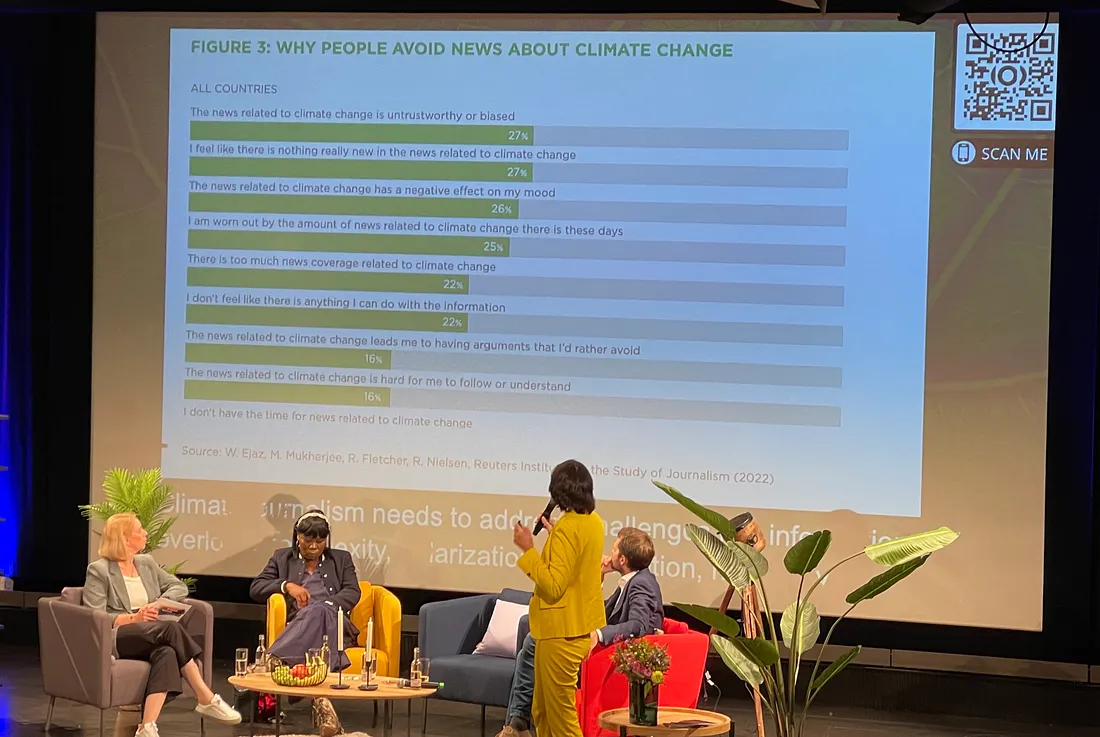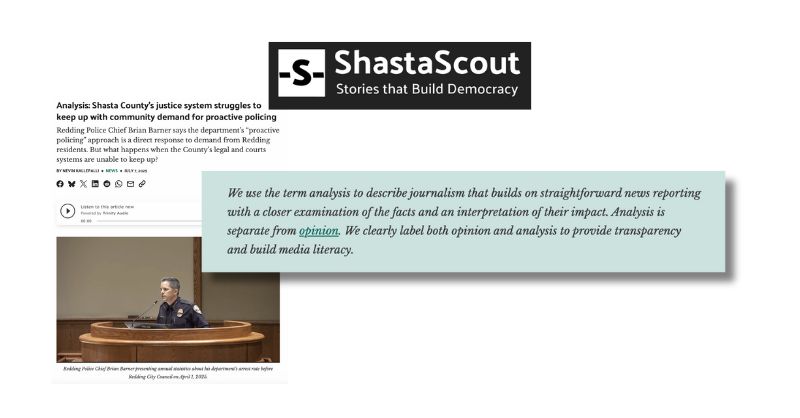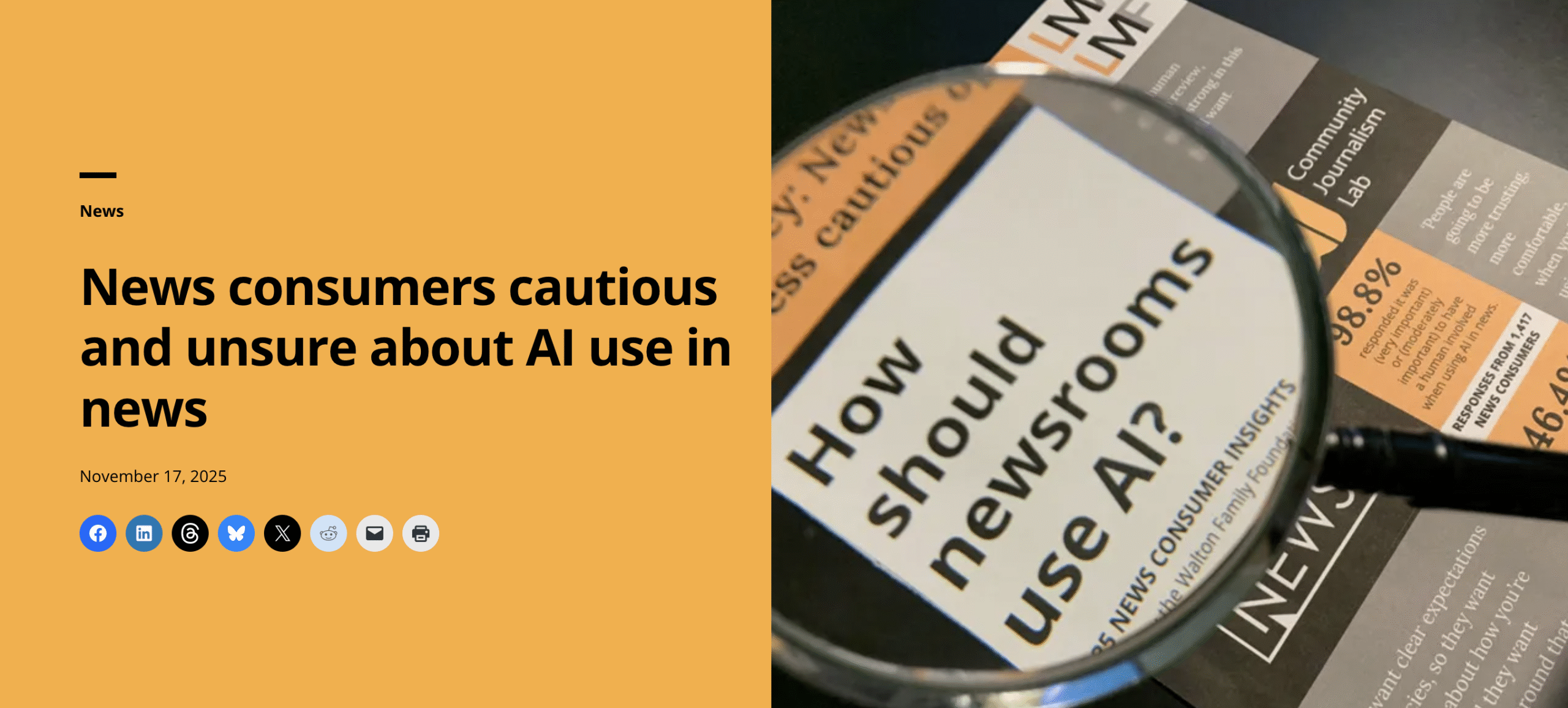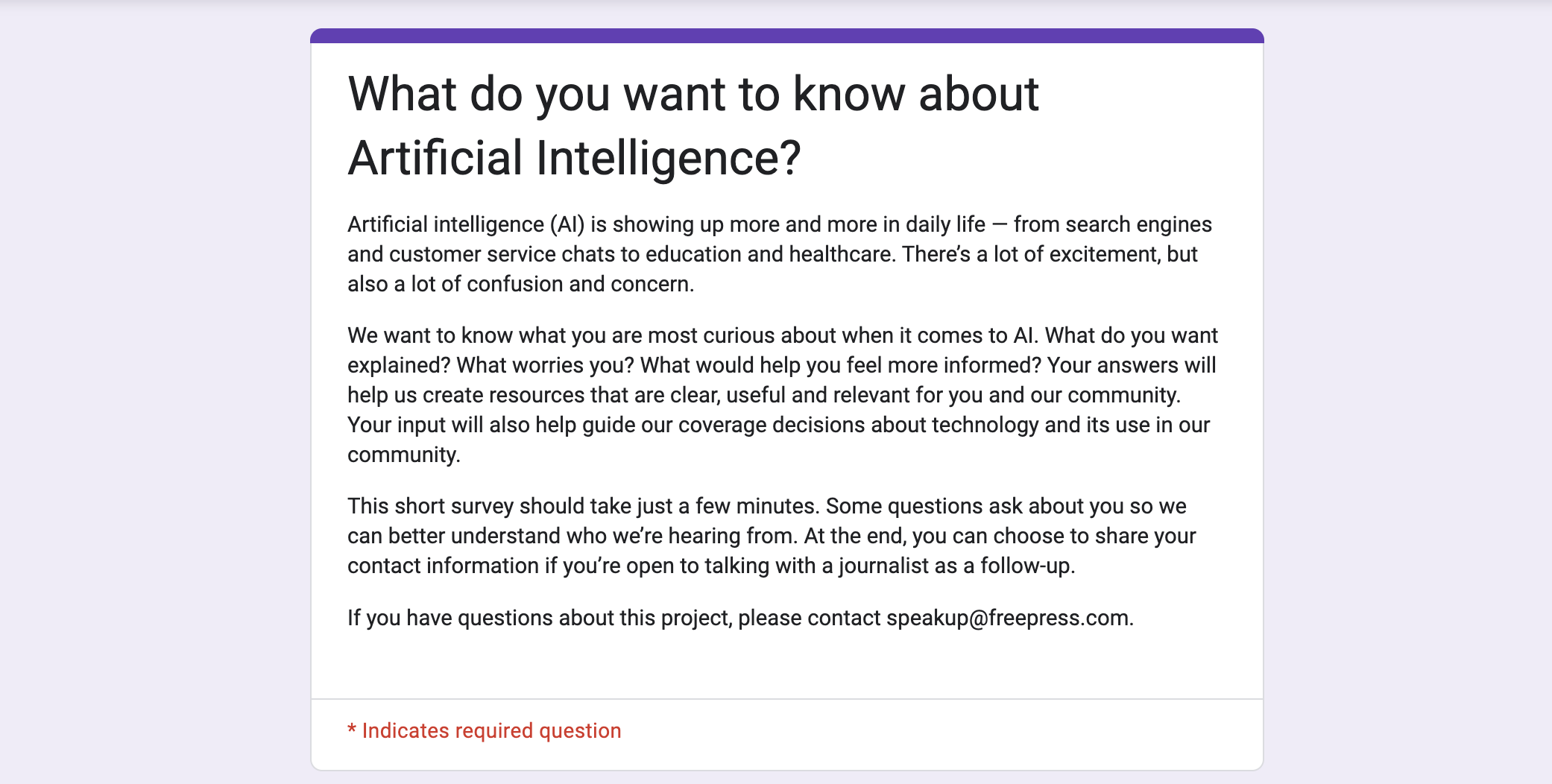
Climate change is one of the most pressing issues of our time, impacting communities and ecosystems worldwide. Yet, when it comes to climate coverage in the media, there’s a growing sense of frustration and despair among audiences.
Improving climate coverage for trust and understanding
Climate change is one of the most pressing issues of our time, impacting communities and ecosystems worldwide. Yet, when it comes to climate coverage in the media, there’s a growing sense of frustration and despair among audiences.
According to a joint program of the Yale Project on Climate Change Communication and the George Mason University Center for Climate Change Communication, 74% of American adults surveyed believe global warming is happening and about two-thirds of Americans (66%) say they are at least “somewhat worried” about global warming. (This includes 30% of Americans who say they are “very worried.”)
Despite believing it is happening and being worried about it, only 34% of those surveyed said they discuss the issue “occasionally” or “often,” yet a majority (62%) said they feel a personal sense of responsibility to help reduce global warming.
As I have read this research and others like it, I find myself surprised by what I hear but also represented by the opinions. The research shows Americans have rather infrequent conversations about the problem with family and friends. I found this very relatable. I talk about it a lot, but it is not something most of my friends or family bring up (the exception being the few I talk about this with all the time because we are extremely worried about it). If a conversation I am having is about the changing climate or saving natural resources, I am normally the one sharing an idea, a tip or a news story I saw or heard.
What was even more relatable for me though was another point in the research: Most people are climate-concerned but reluctant to talk about it because they don’t want to cause conflict. Wow, I thought, this is also me! Even though my friends and family hear me talk about it a lot, I still stop myself from talking about it even more because I do not want it to lead to a conflict or compromise the current relationships I have with them.
I am sharing this because it made me think if I feel this way as someone who has made major changes to my lifestyle (becoming a vegetarian, eliminating and switching daily products to use less plastic, driving an electric car, etc.) and cares deeply about the changing environment, it’s no surprise people who are not thinking about the topic as much are also doing this. It also made me realize if we want people to feel better about the climate coverage they consume and not avoid it, we need to make changes to how we cover the topic and share information about it.

How consuming climate coverage can feel
When it comes to climate coverage, people are drowning in a sea of information, unsure of what to believe, and often overwhelmed by the scale of the issue. They yearn for clarity, credibility, and actionable insights. Yet, these insights are often hard to find so consuming climate coverage can feel like:
- Overwhelming and confusing: In the age of information overload it is challenging to sift through the vast array of climate-related news and determine what’s reliable, important or actionable. There is also so much data and reports and it all blends together.
- Untrustworthy: Many people question the motives behind climate reporting, wondering if hidden agendas or sensationalism drive the headlines. A lot of news coming from mainstream news organizations is not helpful or solution-based, so if you take the time, you look elsewhere, but are those zero-waste influencers on Instagram trustworthy? Often they make money by sharing products and information from companies, which makes you wonder if it is reliable.
- Hard to understand: Climate science can be complex, and people are not well-versed in its intricacies. This knowledge gap creates a divide between those who understand the subject deeply and those who don’t. The trustworthy content produced is written for people who already have that knowledge, so those who don’t aren’t provided an entry ramp to the information or topic so, they often move to the next headline and skip the story altogether.
- Too emotional: Reading about climate change can evoke feelings of despair and anxiety. This emotional toll can lead individuals to disengage from climate news altogether. Report after report describes the dire situation we are in and all of those headlines blur together, causing people to give up and not act.
Our vision for climate coverage
Imagine a world where climate news fosters not only trust but also understanding. At Trusting News, we envision a new approach to journalism that empowers both journalists and their audiences.
First, we believe it is essential for journalists to stay on top of and understand the evolving discourse on climate change, consumer preferences for climate information, and ongoing research in the field. By doing so they can create accurate, ethical and responsible reporting that will actually reach people where they are and provide useful and helpful content for them.
Based on some of this research (including the EBU News report 2023) we believe there are strategies journalists can use to improve climate coverage and build bridges of trust. Those strategies include:
- Prioritize accuracy: Accurate reporting based on sound science is not only crucial but also the foundation of trustworthy journalism. Journalists can help audiences separate fact from fiction, providing the clarity they seek. This accurate reporting has to meet people where they are and be written in a way that provides an on-ramp to those who are not thinking about this daily.
- Transparency as the bedrock: Transparency about the journalistic mission, goals, and ethical standards builds trust. When readers understand the commitment behind the news, they are more likely to trust the messenger. This means being transparent about sources, why we are doing stories, what our goals are when we share climate news, etc.
- Solutions over sensationalism: Clear and concise reporting focused on solutions rather than sensationalism can cut through the noise and provide actionable information, empowering readers to take meaningful steps. This will help us leave them with fewer feelings of despair and frustration. It will help us, hopefully, leave them feeling like there are ways we as neighborhoods, communities and society, and each of us individually can find solutions.
- Audience understanding: Journalists should engage with and listen to their audience so they can create content accessible to everyone. This approach includes addressing the smaller, everyday changes related to climate that resonate with a broader readership. This may mean creating different versions of stories to reach these different audiences where they are (think FAQ’s, fact-checks and stories that connect to what people do and experience every day: grocery shopping, flowers they are planting, the seasons changing, etc.).
- Building communities: Connecting individuals concerned about climate change fosters open dialogue and understanding. Most people feel the same way about this topic but are not talking to one another about it. Let’s change that! Journalists can play a vital role in creating spaces for these important conversations.
- Navigating complexity: Guiding readers through the complex landscape of climate information, including misinformation and disinformation, can help them make informed decisions. While doing this it will be important to think about the words and phrases we use.
- Emotional sensitivity: Acknowledging the emotional impact of climate news and providing support can encourage readers to stay engaged without experiencing feelings of despair. We can show humility in our reporting by sharing more about our goals with this coverage and also consider sharing our own feelings about the subject matter. They are not alone in having these feelings.
- Empowering action: Shifting the narrative toward solutions empowers individuals to take action against climate change in their own lives. We can provide tips for every story. Some may be actions they can personally take, but other tips can help them contact lawmakers or community leaders and ask for changes. While doing this we want to make sure our frameworks do not exclude people who may be skeptical or need more of an on-ramp to the topic.
These ideas are grounded in our understanding of how people trust news content and consume information in today’s complex media landscape. However, to truly validate and refine these concepts, real-world experimentation and collaboration with news consumers are essential. This means implementing these strategies throughout the reporting, editing and publication process. At Trusting News we are ready to see newsrooms take on this challenge and guide them through how to do this.
Are you reporting on climate stories in your community? We would love to hear what you think about these ideas or if you have tried any of them or others, examples of what it looks like and how it worked. Reach out to me with any of these ideas or examples or to schedule a time to connect: Lynn@TrustingNews.org.
At Trusting News, we learn how people decide what news to trust and turn that knowledge into actionable strategies for journalists. We train and empower journalists to take responsibility for demonstrating credibility and actively earning trust through transparency and engagement. Subscribe to our Trust Tips newsletter. Follow us on Twitter and LinkedIn. Read more about our work at TrustingNews.org.

Assistant director Lynn Walsh (she/her) is an Emmy award-winning journalist who has worked in investigative journalism at the national level and locally in California, Ohio, Texas and Florida. She is the former Ethics Chair for the Society of Professional Journalists and a past national president for the organization. Based in San Diego, Lynn is also an adjunct professor and freelance journalist. She can be reached at lynn@TrustingNews.org and on Twitter @lwalsh.



